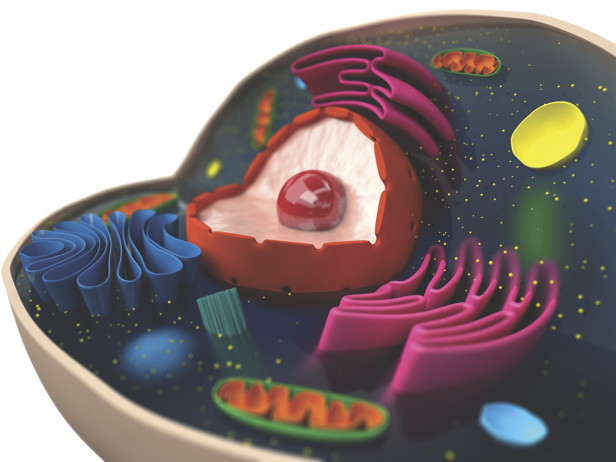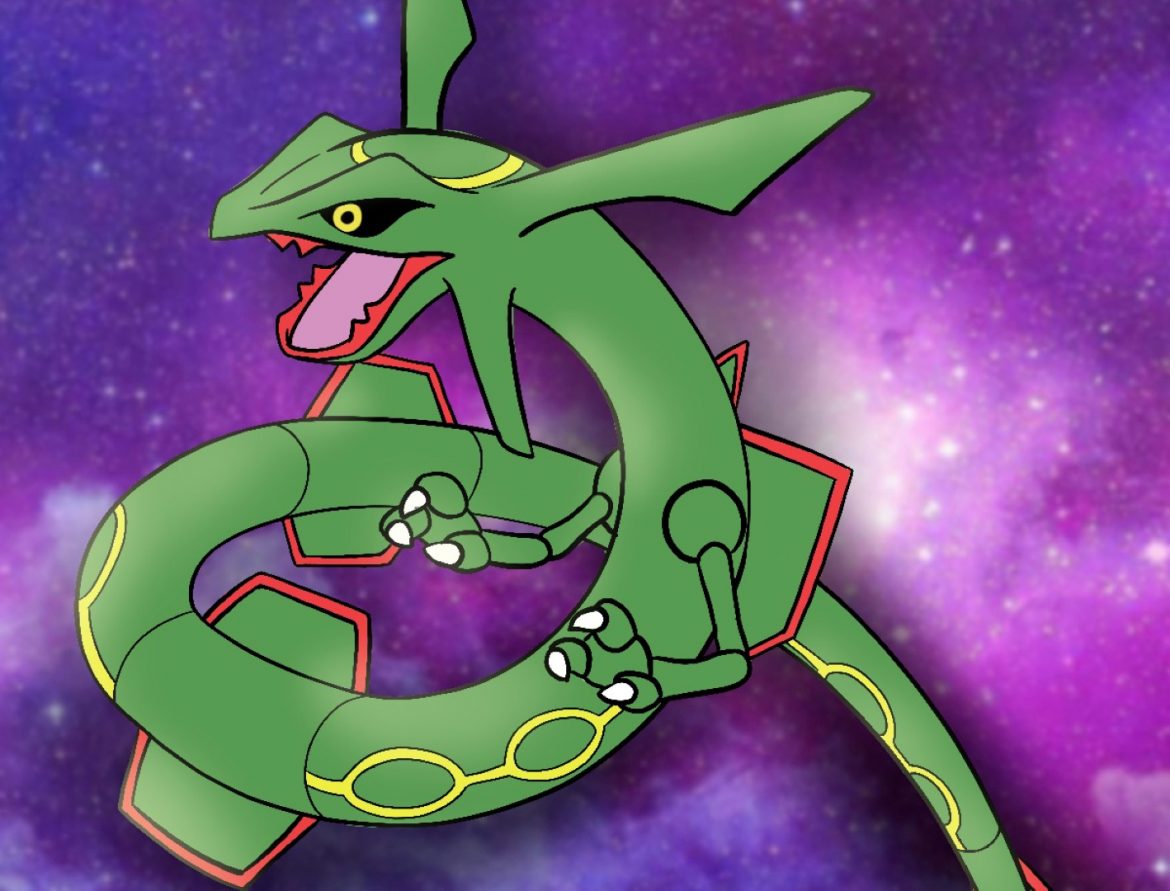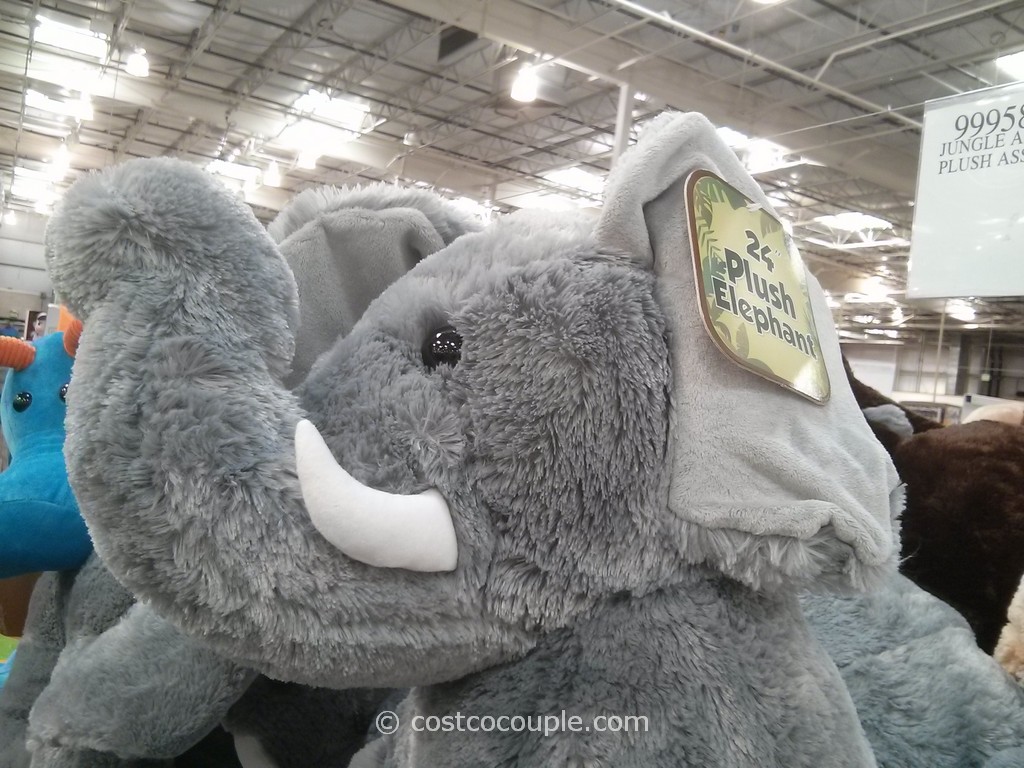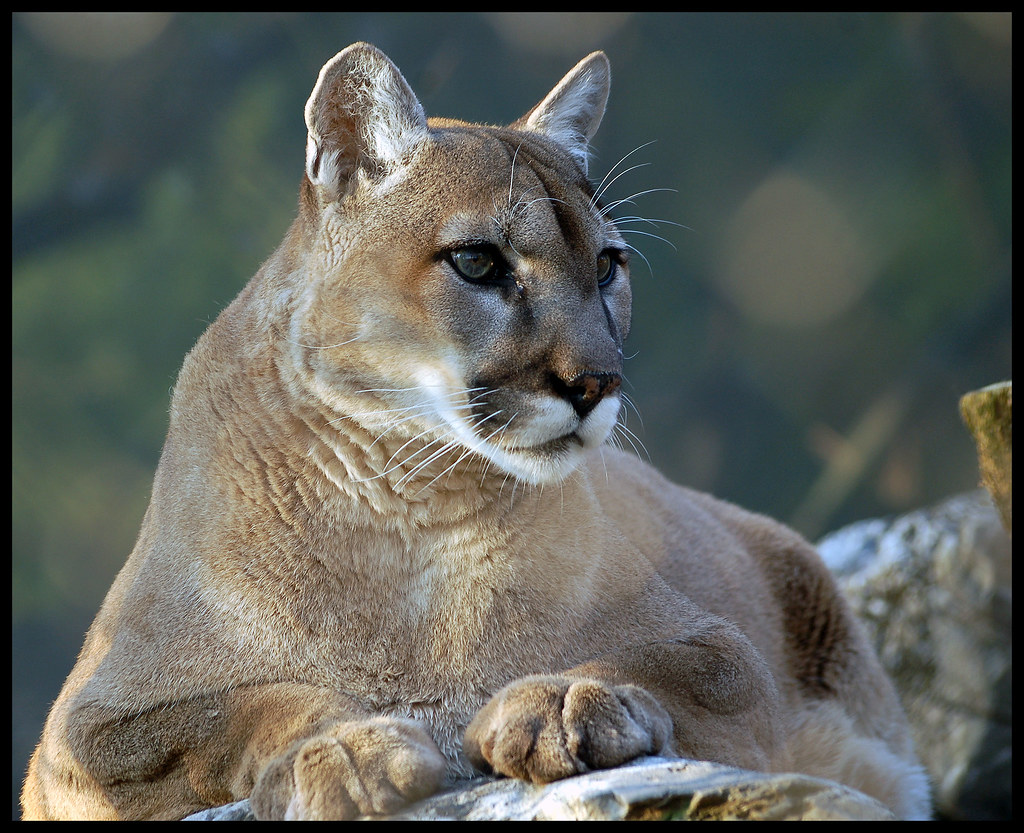Your Mitochondria in animal cell and plant cell images are available. Mitochondria in animal cell and plant cell are a topic that is being searched for and liked by netizens now. You can Get the Mitochondria in animal cell and plant cell files here. Download all royalty-free photos.
If you’re looking for mitochondria in animal cell and plant cell images information linked to the mitochondria in animal cell and plant cell keyword, you have come to the right blog. Our site frequently gives you hints for refferencing the maximum quality video and picture content, please kindly surf and find more enlightening video content and images that match your interests.
Mitochondria In Animal Cell And Plant Cell. They are found in both plants and animal cells. Both animal and plant cells are eukaryotic cells and have several similarities. Plant cells have chloroplasts, while mitochondria are found only in animal cells. A typical animal cell will have on the order of 1000 to 2000 mitochondria.
 PLANT AND ANIMAL CELLS LESSON PLAN A COMPLETE SCIENCE From keslerscience.com
PLANT AND ANIMAL CELLS LESSON PLAN A COMPLETE SCIENCE From keslerscience.com
Plant cells are eukaryotic cells. It has its own genome and rna and protein which are similar to those of bacteria. The job of the mitochondria in the cell is to produce the proteins necessary for the life of the cell. Because plants cannot obtain sugar from food, they must rely on sunshine to do it. Solving problems in life science by collaborating with the global scientific community. They also have similar membranes, such as cytoskeletal elements and cytosol.
Named after the greek words for thread and granule, mitochondria are sometimes referred.
Mitochondria are believed to be of bacteria origin. Commonalities of energy processing in both plants and animals have become even stronger by the finding that chloroplast can be found in animal cells. They are called suicide bags. Plant cells have chloroplasts, while mitochondria are found only in animal cells. Animal cells have smaller, many vacuoles. The plant cell can also be larger than the animal cell.
 Source: howitworksdaily.com
Source: howitworksdaily.com
Solving problems in life science by collaborating with the global scientific community. The job of the mitochondria in the cell is to produce the proteins necessary for the life of the cell. Plant cells need to produce light energy as they need to perform cellular respiration during the night. Plant and animal cells have mitochondria, which are also known as the powerhouse of a cell. Similar fixatives preserve them, modify them and destroy them, in like manner, in both.
 Source: youtube.com
Source: youtube.com
Both animal and plant cells are eukaryotic cells and have several similarities. They also have similar membranes, such as cytoskeletal elements and cytosol. Mitochondria are believed to be of bacteria origin. They are called suicide bags. Both cell types need a large supply of energy for a multicellular organism.
 Source: uni-mainz.de
Source: uni-mainz.de
This process (photosynthesis) takes place in the chloroplast. Plant and animal cells have mitochondria, which are also known as the powerhouse of a cell. The similarities include common organelles like cell membrane, cell nucleus, mitochondria, endoplasmic reticulum, ribosomes and golgi apparatus. Both animal and plant cells are eukaryotic cells and have several similarities. Commonalities of energy processing in both plants and animals have become even stronger by the finding that chloroplast can be found in animal cells.
 Source: keslerscience.com
Source: keslerscience.com
Named after the greek words for thread and granule, mitochondria are sometimes referred. Plant cells have large, central vacuole. Ad expertise on every level to craft science & technology solutions in life science. Plant cells have three extra components, a vacuole , chloroplast and a cell wall. Just as the chloroplasts in plants act as sugar factories for the supply of ordered molecules to the plant, the mitochondria in animals and plants act to produce the ordered atp molecules as the energy supply for the processes of life.
 Source: science.halleyhosting.com
Source: science.halleyhosting.com
A typical animal cell will have on the order of 1000 to 2000 mitochondria. Plant cells have large, central vacuole. Just as the chloroplasts in plants act as sugar factories for the supply of ordered molecules to the plant, the mitochondria in animals and plants act to produce the ordered atp molecules as the energy supply for the processes of life. Both animal and plant cells are eukaryotic cells and have several similarities. Ad expertise on every level to craft science & technology solutions in life science.
This site is an open community for users to share their favorite wallpapers on the internet, all images or pictures in this website are for personal wallpaper use only, it is stricly prohibited to use this wallpaper for commercial purposes, if you are the author and find this image is shared without your permission, please kindly raise a DMCA report to Us.
If you find this site beneficial, please support us by sharing this posts to your preference social media accounts like Facebook, Instagram and so on or you can also bookmark this blog page with the title mitochondria in animal cell and plant cell by using Ctrl + D for devices a laptop with a Windows operating system or Command + D for laptops with an Apple operating system. If you use a smartphone, you can also use the drawer menu of the browser you are using. Whether it’s a Windows, Mac, iOS or Android operating system, you will still be able to bookmark this website.





